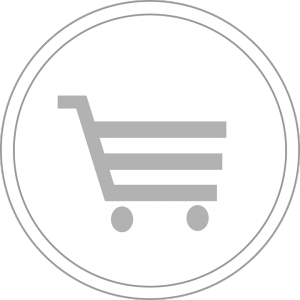You might also like these other posts...
Case Study: Phone Verification Helps Salina Cosmetics Cuts E-Commerce Product Returns By 8 Percent
Salina Cosmetics is an online beauty shop, founded by Zamin Zaidi on May 19, 2011, and based in Pakistan. They… Continue Reading
The Text Message You Can’t Afford to Miss
Businesses that want to increase sales on their e-commerce websites have an urgent need to make their checkout and payment… Continue Reading
Our First SF Verification Meetup Was Awesome :)
Businesses that want to increase sales on their e-commerce websites have an urgent need to make their checkout and payment… Continue Reading
GET STARTED NOW
Over 1 million fake leads blocked by RingCaptcha and counting!
50 SMS Free Trial • No Credit Card Required


 Notifications
Notifications 


